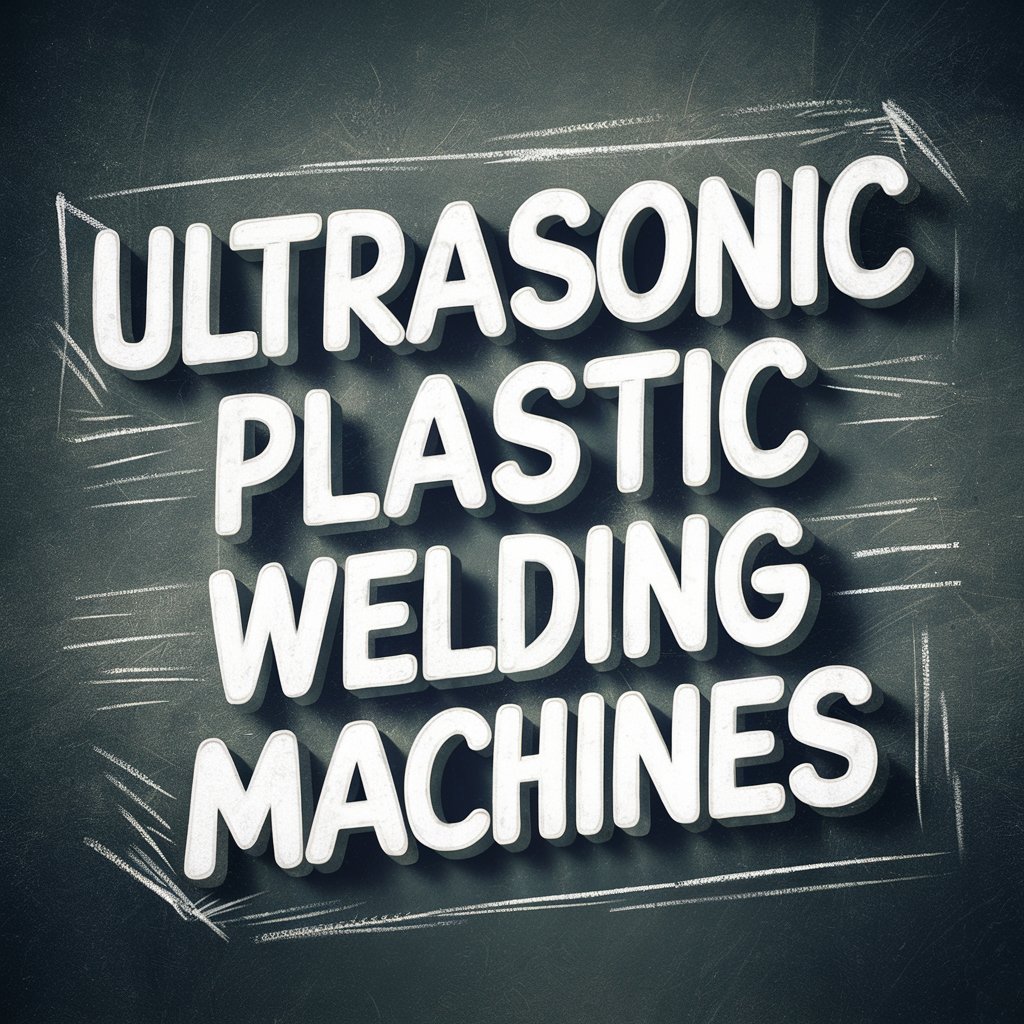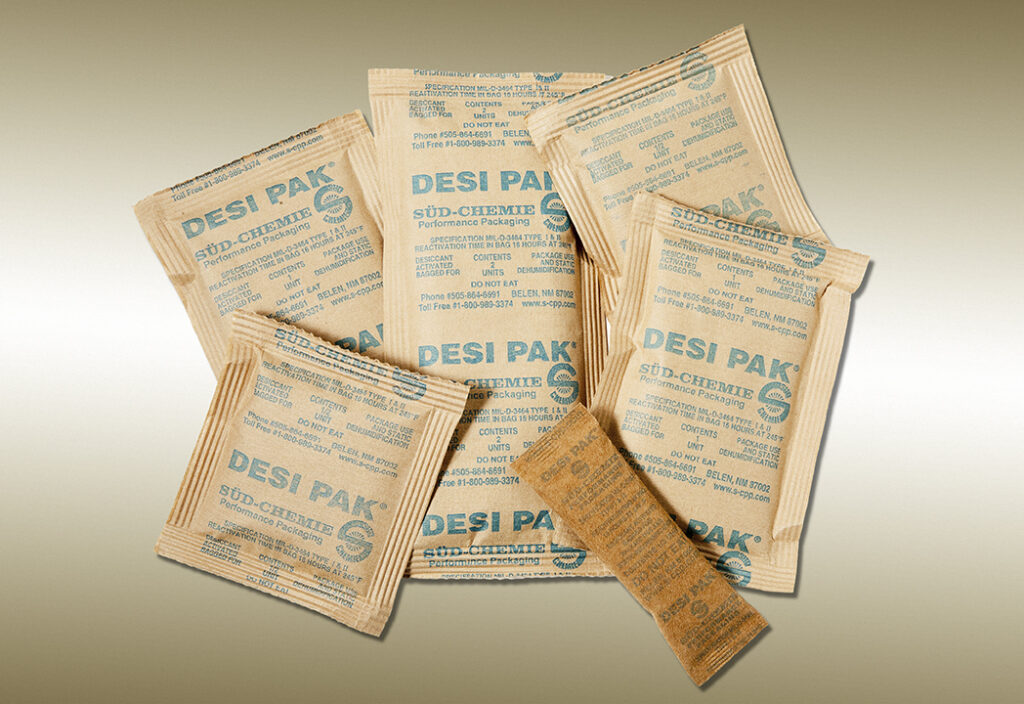In a continuously changing manufacturing market, efficiency isn’t just a goal but a requirement for staying competitive. How can ultrasonic plastic welding machines contribute to achieving this goal? Let’s explore the transformative impact of these advanced technologies across various industries.
Introduction to Ultrasonic Plastic Welding Machines
What are Ultrasonic Plastic Welding Machines?
An ultrasonic welding machine utilizes high-frequency vibrations to generate frictional heat, effectively melting plastic components together seamlessly. This non-contact method offers precise control over the welding process, making it ideal for joining complex geometries and delicate materials with minimal risk of damage.
These machines are widely used in industries such as automotive, electronics, medical devices, and packaging. They provide fast and reliable bonding without the need for additional adhesives or heating elements, reducing production costs and assembly time. This technology is also favored for creating strong hermetic seals, ensuring product integrity and reliability in various manufacturing processes.
Advantages of Ultrasonic Plastic Welding
Precision and Consistency
The process ensures unparalleled precision and consistency in weld quality, which is critical for industries that demand uncompromising standards, such as automotive and electronics manufacturing. It eliminates variability often associated with traditional welding methods, ensuring each weld meets exact specifications, enhancing product reliability, and reducing defects. This precise control over welding parameters ensures each joint meets exact specifications, contributing to enhanced product reliability and durability.
Speed and Productivity
With cycle times measured in milliseconds, ultrasonic welding accelerates production lines significantly. This rapid processing speed translates into higher throughput and reduced manufacturing costs, making it a preferred choice for high-volume production environments. Manufacturers benefit from increased efficiency without sacrificing quality, meeting market demands more effectively. The rapid cycle times of these machines enable manufacturers to achieve high throughput rates, optimizing operational efficiency and meeting production deadlines with ease.
Versatility Across Materials
From thermoplastics to composites and even certain non-ferrous metals, ultrasonic welding machines exhibit remarkable versatility across a broad spectrum of materials. This capability facilitates innovation in material selection, allowing manufacturers to explore lighter, more durable alternatives without compromising on structural integrity or performance. The ability to weld various materials encourages innovation in product design and material selection, fostering advancements in lightweight and functional integration.
Environmentally Friendly Manufacturing
Compared to solvent bonding or adhesive techniques, ultrasonic welding is a clean, solvent-free process. It reduces the environmental footprint by eliminating the need for consumables and minimizing waste generation. This aligns with sustainable manufacturing practices, making the process not just efficient but also environmentally responsible. By minimizing waste and eliminating harmful emissions, this technology supports sustainable manufacturing practices, promoting a cleaner and safer working environment.
Applications in Various Industries
Automotive Industry
In automotive manufacturing, ultrasonic welding is integral to assembling components such as interior trim panels, lighting systems, and under-the-hood modules. Its ability to create strong hermetic seals ensures durability and enhances overall vehicle performance, meeting rigorous industry standards and customer expectations.
Electronics and Consumer Goods
From smartphones to household appliances, ultrasonic welding plays a critical role in assembling electronic components and casings. Its gentle approach minimizes heat damage to sensitive electronics, ensuring product longevity and reliability. Manufacturers benefit from precise assembly techniques that maintain product integrity and performance, which is crucial in competitive consumer markets.
Medical and Pharmaceutical Sectors
Ultrasonic welding meets stringent requirements for medical device manufacturing by providing sterile, biocompatible welds. It enables the production of fluid-tight seals for surgical instruments, diagnostic equipment, and pharmaceutical packaging, ensuring patient safety and regulatory compliance. The reliability and consistency of ultrasonic welding processes contribute to maintaining high standards in healthcare delivery and product performance.
Packaging and Food Industry
In the packaging sector, an ultrasonic welding machine seals packaging materials quickly and securely, maintaining product freshness and integrity throughout distribution and storage. It’s widely adopted in food packaging for its ability to create leak-proof seals without compromising hygiene or food safety standards. Manufacturers rely on the process to ensure packaging durability and consumer satisfaction, supporting efficient supply chain operations and brand reputation.
Additionally, this technology meets stringent hygiene and food safety standards and enhances shelf-life and consumer confidence, making it an indispensable tool for efficient and reliable packaging solutions.
Ultrasonic plastic welding machines represent a paradigm shift in manufacturing efficiency and quality. Their precision, speed, and versatility make them important in a variety of industries, including automotive and electronics, medical devices, and food packaging. Embracing these advanced technologies streamlines production processes and enhances product performance and sustainability. As industries continue to innovate and demand higher standards, they will play an increasingly vital role in shaping the future of manufacturing.






